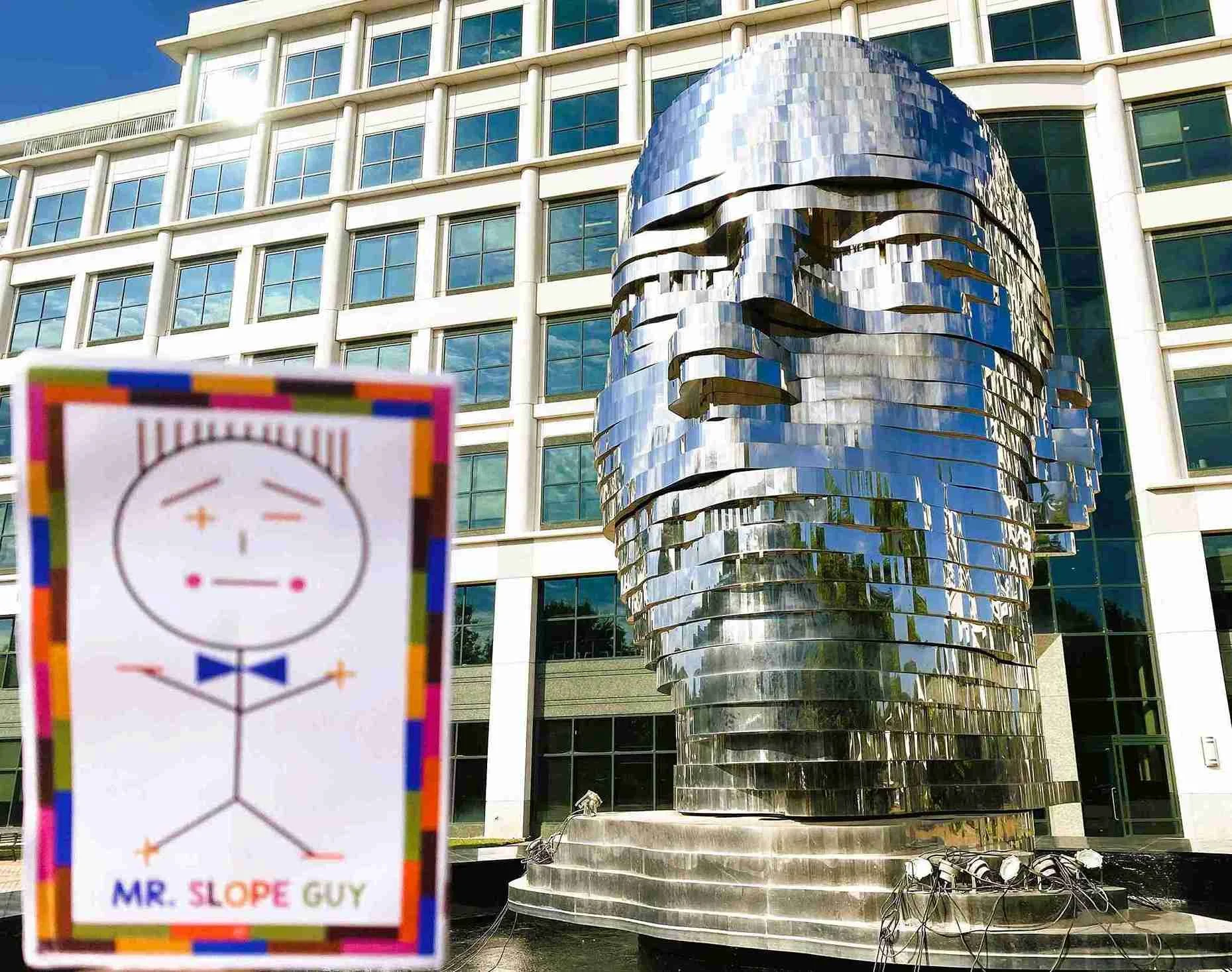Why Spatial Reasoning Matters in Your Math Classroom (and How to Build It)
Ever wonder why some students seem to “see” math more easily than others?
The answer might lie in something often overlooked but incredibly powerful: spatial reasoning.
Spatial reasoning is the ability to visualize and manipulate shapes, objects, and positions in space. It helps students imagine how figures rotate, reflect, or move—skills crucial in geometry, algebra, and beyond. And while it might sound like something only future engineers need, current research shows it’s vital for all learners, especially middle and high school students.
Let’s unpack what spatial reasoning really is, why it matters for math, and how you can help your students grow these critical skills.
🧠 What Is Spatial Reasoning?
Spatial reasoning involves mental tasks like:
Visualizing shapes and positions
Rotating objects mentally
Understanding how parts fit into a whole
Mapping relationships on coordinate planes
It’s the kind of thinking students use when they:
Graph linear equations
Reflect triangles across an axis
Visualize what a 3D shape looks like from a flat net
Mentally picture slope or transformations
Adolescents are especially primed to develop this skill. Their brains are becoming more adept at handling abstract thinking—and spatial tasks give them a powerful workout.
📊 What the Research Says
Here’s why spatial reasoning deserves a front-row seat in your math curriculum:
1. It Predicts Math & STEM Success
Multiple studies show that strong spatial skills—especially mental rotation—are closely linked to performance in math, science, and engineering. One large-scale study even found that spatial ability predicted math problem-solving success better than IQ.
2. It’s Malleable and Teachable
Good news: spatial skills can be improved. A 2013 meta-analysis of 200+ studies confirmed that training—using puzzles, building, visualization exercises—boosts spatial reasoning for students of all ages.
3. It Supports Equity in Math Education
Early exposure to spatial tasks (like block play, tangrams, and diagrams) helps close gender and socioeconomic gaps in math achievement. Girls, in particular, benefit from targeted spatial reasoning practice.
4. It’s Supported by Adolescent Brain Growth
Teens' prefrontal cortex is developing fast. That means better executive functions like working memory and mental flexibility—perfect for tackling the layered thinking required in algebra and geometry.
🔍 Signs a Student May Be Struggling with Spatial Reasoning
As a math teacher, you might notice a student struggling with spatial reasoning if they:
Have difficulty interpreting graphs or maps
Can’t visualize transformations (e.g., rotations, reflections)
Get confused by 3D problems or nets of shapes
Struggle to see connections between tables, graphs, and equations
Memorize without understanding spatial relationships
Sound familiar? These are not necessarily signs of a math deficit—they may point to underdeveloped spatial reasoning.
Metalmorphosis
Mr. Slope Guy reflects on Metalmorphosis in Charlotte, NC—a stunning kinetic sculpture by David Černý made of 40 rotating steel pieces that align to form a giant head. 🧠🔩 Just like this ever-shifting artwork, building spatial reasoning in math takes movement, alignment, and vision.
🧩 5 Easy Ways to Build Spatial Reasoning in Your Classroom
You don’t need fancy tech or huge curriculum changes to support these skills. Here’s how to start today:
1. Use Spatial Language and Gestures
Saying things like “slide,” “flip,” “rotate,” or “next to” and encouraging students to gesture improves comprehension and retention. Even drawing shapes in the air helps students “see” the math.
2. Incorporate Puzzles and Building
Give students time with tangrams, blocks, or cut-and-fold geometry activities. These develop the brain’s spatial “muscles” in a hands-on way.
3. Make Graphing Visual and Interactive
When teaching slope, transformations, or equations, have students physically plot points or use large graph boards. Let them see math move. Use graphing coordinate plane mystery picture activities.
4. Practice Mental Rotation Tasks
Start class with warm-up activities like “Which shape is the rotated version of this one?” You can find free mental rotation games or even use printable pattern matching challenges.
5. Highlight the Connections
Help students link equations, tables, and graphs. Use color-coding or side-by-side comparisons to make these relationships visual and concrete.
🧠 Why It’s Worth the Effort
By nurturing spatial reasoning, you’re not just helping your students solve a few geometry problems. You’re giving them:
Better tools for abstract thinking
Stronger connections between visual and numeric math
Increased confidence and engagement in problem-solving
A head start in STEM pathways
You’re also supporting students who may not excel at purely symbolic math but can thrive when given opportunities to visualize and manipulate ideas.



